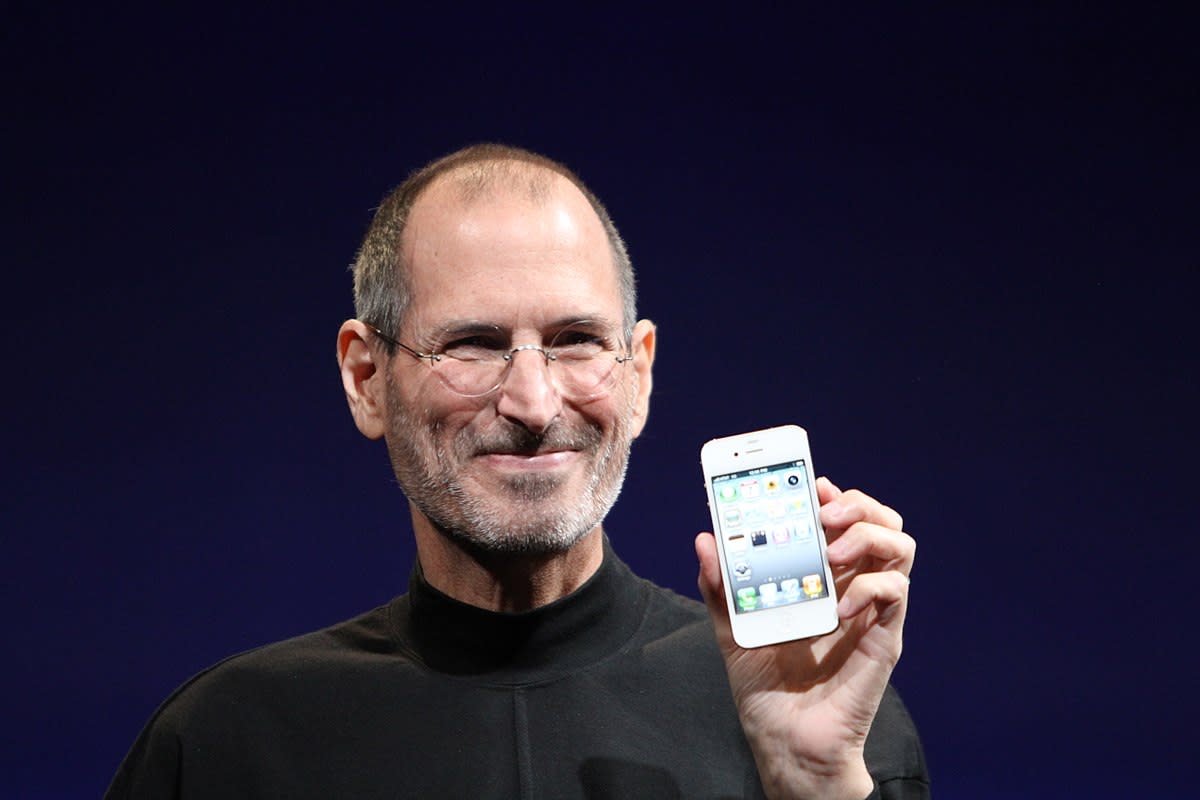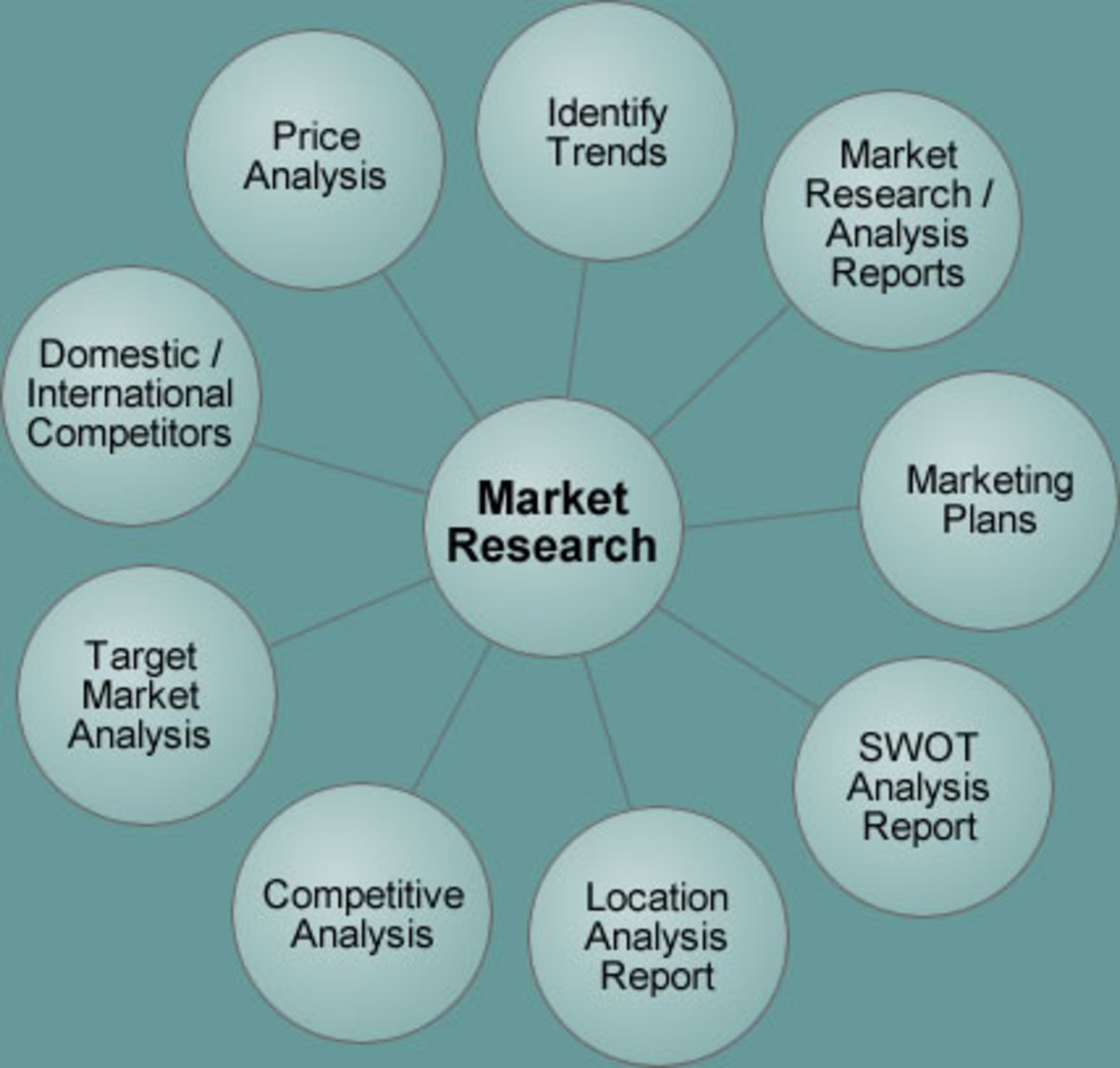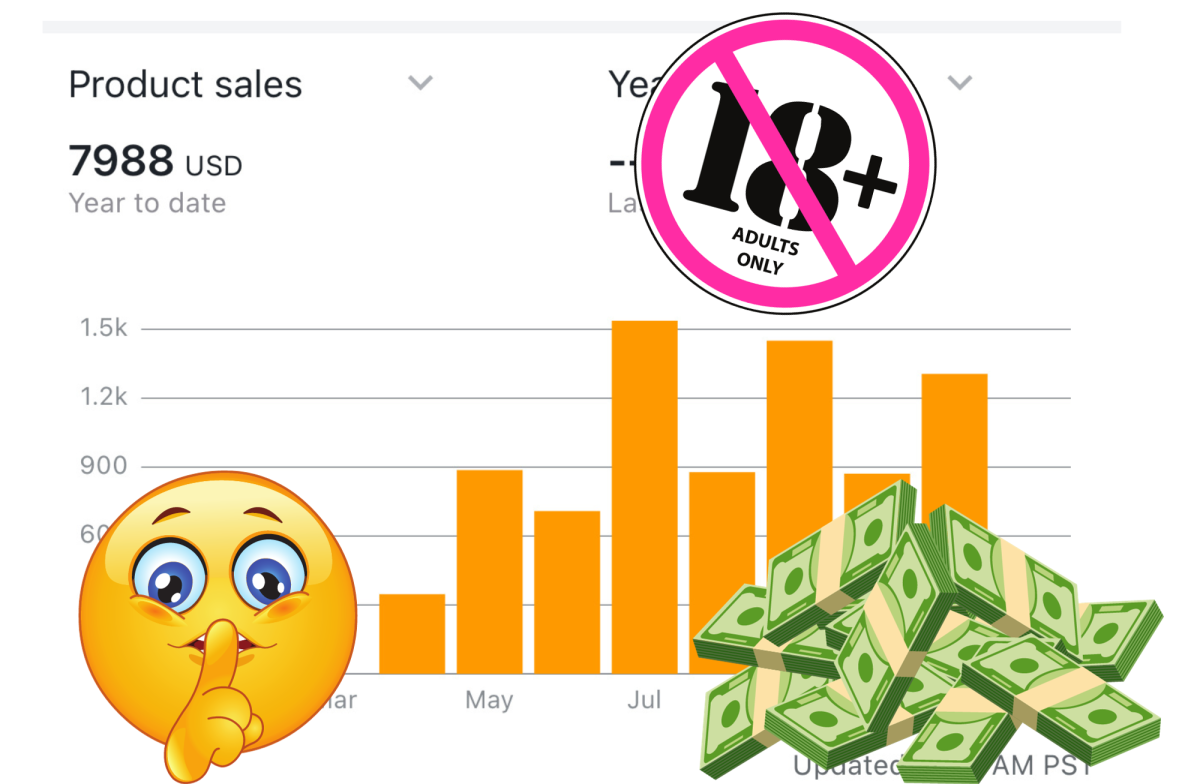The Marketing Behind Apple's Success
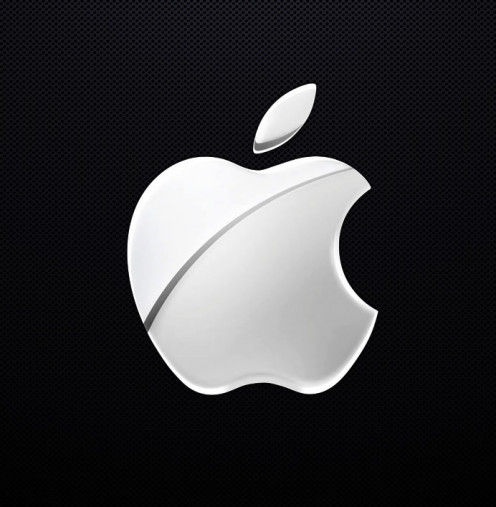
Why Apple won’t fall far from the tree…
It’s no secret that a lot of people talk about how great Apple’s marketing is. And they’re right—Apple’s marketing is something incredible, and marketers really are in awe of their success.
Last week my tech-savvy brother bought an iPhone. Years upon years of bantering and claims that Apple products were and still are inferior had escalated to the purchase despite his personal preference to defy Apple. When I’d finally had the chance to interrogate him about why he made the switch he said, “I bought it because every iPhone owner that I talk to, tells me to get one. It’s that simple.”
It’s not because he was convinced by Apple’s simplistic advertising; it’s most definitely not because he enjoys Apple, or wants to like Apple. It’s because the product is so spectacular, that people recommend it.
With such a bi-polar group of followers and critics, Apple’s success and marketing strategies have been the topics of discussion for quite some time.
The question is, how is marketing the secret to Apple’s success?
Cannibalism is minimised.
The phenomenon of Apple’s corporate image rises amongst its string of success. Beginning with the success of the iPod, Apple altered its name from Apple Computer to Apple Inc. in reflection of its shift toward products that go beyond computers.
Replaced, are the numbers and letters that cause confusion amongst consumers in terms of new models and products; all Apple products now begin with “i" and end with a single syllable word; iPod, iMac, iBooks, iTunes, iPhone, iPad... In terms of its computers, Apple plays on the names of ferocious felines to distinguish between its OSX operating systems. Each Apple product incorporates the Apple logo facing outward, to market them to the outside world.
With little or no overlap between models, each product is awarded it’s own identity, thereby minimizes any cannibalism within the Apple family. The iPhone wasn’t the first phone, nor was it the first smartphone, but the uniqueness that Apple engineered created a sense of beginning that you couldn’t help but think it was where it all started. Apple doesn’t allow themselves to simply be a leader in sales, they strive to own the market, to be the market, with the aim that everything will be compared to the iPad, iPhone and iPod; to Apple’s satisfaction, that’s exactly the way that they’re going.
Quality, intuitive, integrated...
The strategy is not resting upon the focus of how the brand performs, but what the brand stands for. Brands as strong as Apple win battles amongst their marketplace, not because they deliver obvious benefits, trustworthy service or innovative technologies (though they may provide all of these), rather they succeed because they force a strong connection with the ongoing culture that thrives on their products. These brands understand and manipulate the market to suit them.
When we center upon the product that Apple produces, we’re immediately greeted with words such as “quality”, “intuitive” and integrated. Apple turns the ordinary into something beautiful. The late CEO of Apple, Steve Jobs, was an enthusiast for simplicity. While industrial design is a critical focus of any product crafted by Apple, he found that if it wasn’t easy to use, it could be considered worthless to the consumer. This insight is what drove the company’s user-‐interface designs from the first light. The approach toward creating the product around the consumer’s hopes and dreams is fundamental to Apple’s success. When we put this into the perspective of The Circle of Satisfaction, an organisation who satisfies it’s customer’s needs is best placed to satisfy it’s own needs, and in turn, result in overall success.
Market Competition
Due to the abundance technology in our everyday lives, it would be wise to assume that the tech-‐ industry would be just as busy. With business, comes competition. We’re in a time where pricing strategies are becoming the normal path for promoting a product, where most companies prefer to race to the bottom instead of pricing toward a market that can bear the cost. Apple has guts. They ignore this common practice, and yet, laugh in its face; charging more than twice what it’s competitors charge in some circumstances, and does so without hesitation. This lies within their justification of their price with features and benefits that cannot be matched by competitors.
No other personal computer can match the display of a 27” iMac. No other music player can match the iTunes software.
No laptop is as weightless and thin as the MacBook Air. Nothing is more intuitive, and no product any more valuable than an Apple product. The fact is that Apple is the Rolls Royce of the design, engineering and technological world, which gains them their competitive advantage, and their customers will gladly fork out the premium for it.
Unboxing...
When we take a step back and look at how they present the product, terms like “display resolution” are bargained for phrases like “edge-‐to-‐edge glass” and “retina display”. Apple products are presented in a way that makes megapixels, gigahertz and flux capacitors seem exciting. The technical information is dressed up in a way that benefits, suits and entices the buyer. Apple fluently communicates the language of its audience.
Unboxing-‐ The Apple Experience
Have you heard of unboxing? Apple has. Apple makes sure that the purchase experience doesn’t end when you walk out of the store with your item; they take great care in designing a user experience. From browsing, be it online or in a store, to unwrapping their incredible packaging and installation processes, Apple have the post-‐ purchase bases covered to
ensure that your excitement lasts as long as possible. In fact, there are masses of people who record their experience of unwrapping their fresh Apples. No one tells these people to video their experience, but the experience is so therapeutic, that it’s hard not to boast about it. As a result, Apple has built an experience that is virtually impossible to match.
The dreaded "Apple Fanboy."
The product of every aspect of effort thrown together into these products is the movement of the Apple “fan boy”.
Apple users are notoriously vocal about the superiority of their platform of choice. It’s said that Apple triggers a reaction in its fan’s brains that it categorized with likeness to that of
Stockholm Syndrome. The creation of such loyalty toward the brand justifies the strong persuasion of word-‐of-‐mouth recommendations.
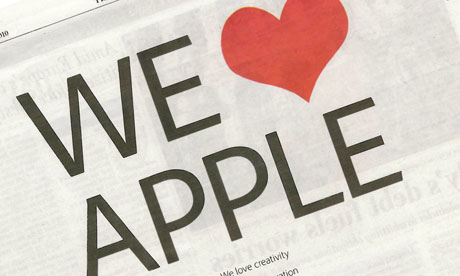
Sticklers for simplicity...
Because of the conundrum of technology, despite creating products that are easy to use, the variety of things that people want to use technology for create complexity. Jobs saw that consumers at all levels could quite potentially need some hand holding from time to time. The important thing to note is that he saw the assistance as “Hand holding”. The Apple experience leagues itself higher than the call-‐ centres and customer service email addresses and other miscellaneous circumstances where it becomes a pain to ask for assistance because of it’s ability to go a little bit further when it comes to post-‐purchase grievances. When you visit an Apple store, you wouldn’t be greeted with “How can I help you?” but instead with “What would you like to do today?” Apple’s employees, whether in retail, design or engineering of the product, go right to the root of any user’s question.
The Apple retail stores tie everything there is to Apple’s professionalism and quirk and put it under one glassy roof. These stores have been a phenomenal success, every single one of them, with customers covering vast expanses outside each store at every product launch. This is not plainly a product of Apple’s success, but a contributing factor of it; Apple could easily move the best part of it’s sales on line, but the long lines outside a store and the sell-‐ outs create a sense of desirability and urgency toward a product. Human nature tells us to be curious about something you can’t have (at least, straight away). This isn’t only the case in large-‐ market countries; countries like India, where Apple isn’t necessarily a strong brand, a comparable strategy is at work -‐ since there are no Apple stores in India, delayed and limited shipments force more sellouts creating high excitement toward the brand.
Behold, the path to the success of Apple.
Overall...
To summarize, the logical sequence that is The Circle of Satisfaction, is the key basis for Apple’s current and continuing success. Beginning with quality products, whilst adding a sugar coating of originality, creates the value that we associate with Apple. This value therefore drives the satisfaction that one receives through the purchase and recognition of their ownership of the Apple brand. The overall package of the product, the services, the experience of this purchase results in the cumulative satisfaction that we are able to hold accountable for Apple’s enormous fan club who trust Apple products and continue to hold loyalty toward the brand for future purchases. It is this behavior, that give’s the strong foothold within the marketplace leading to a competitive advantage and increased profitability.

